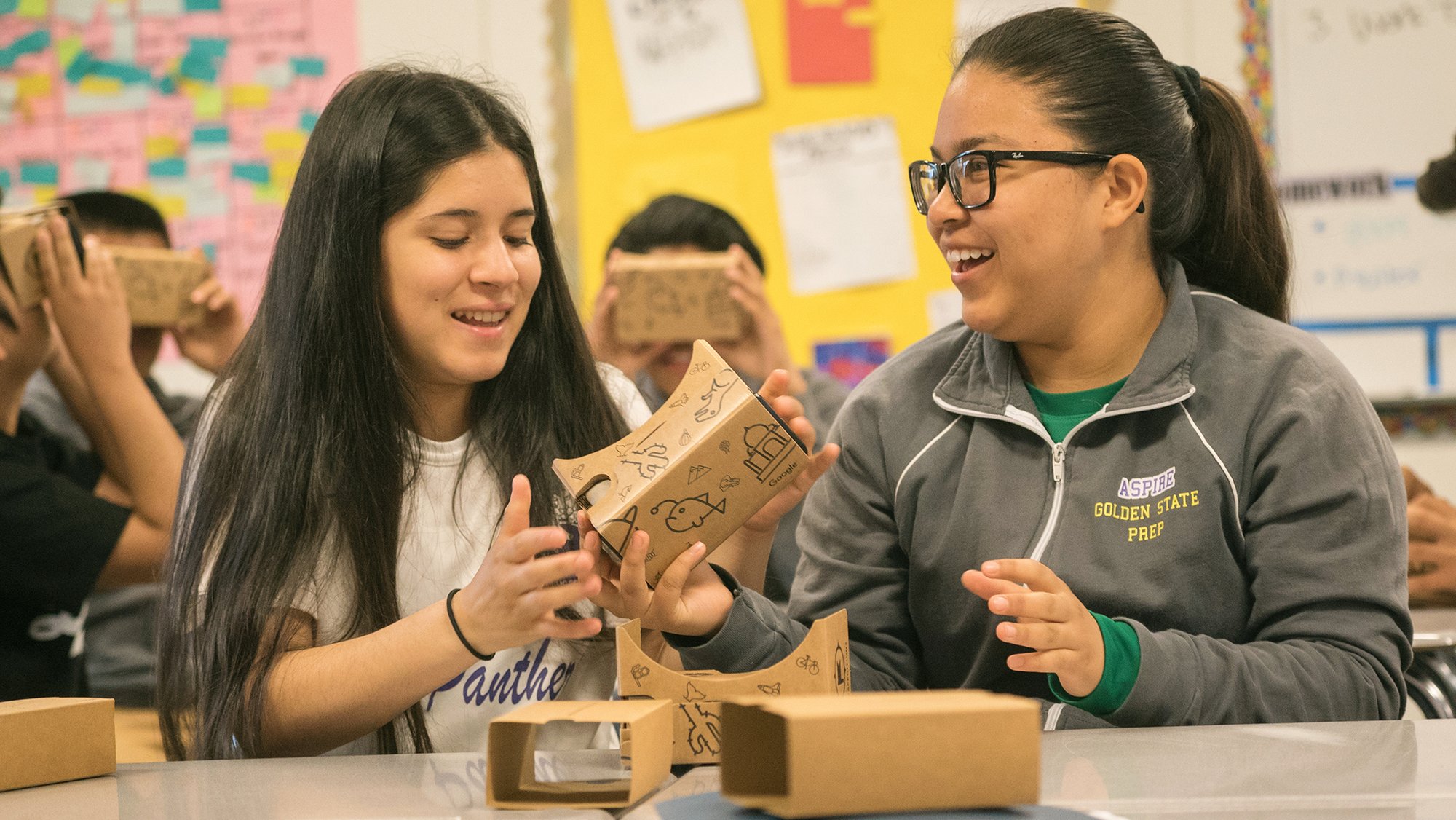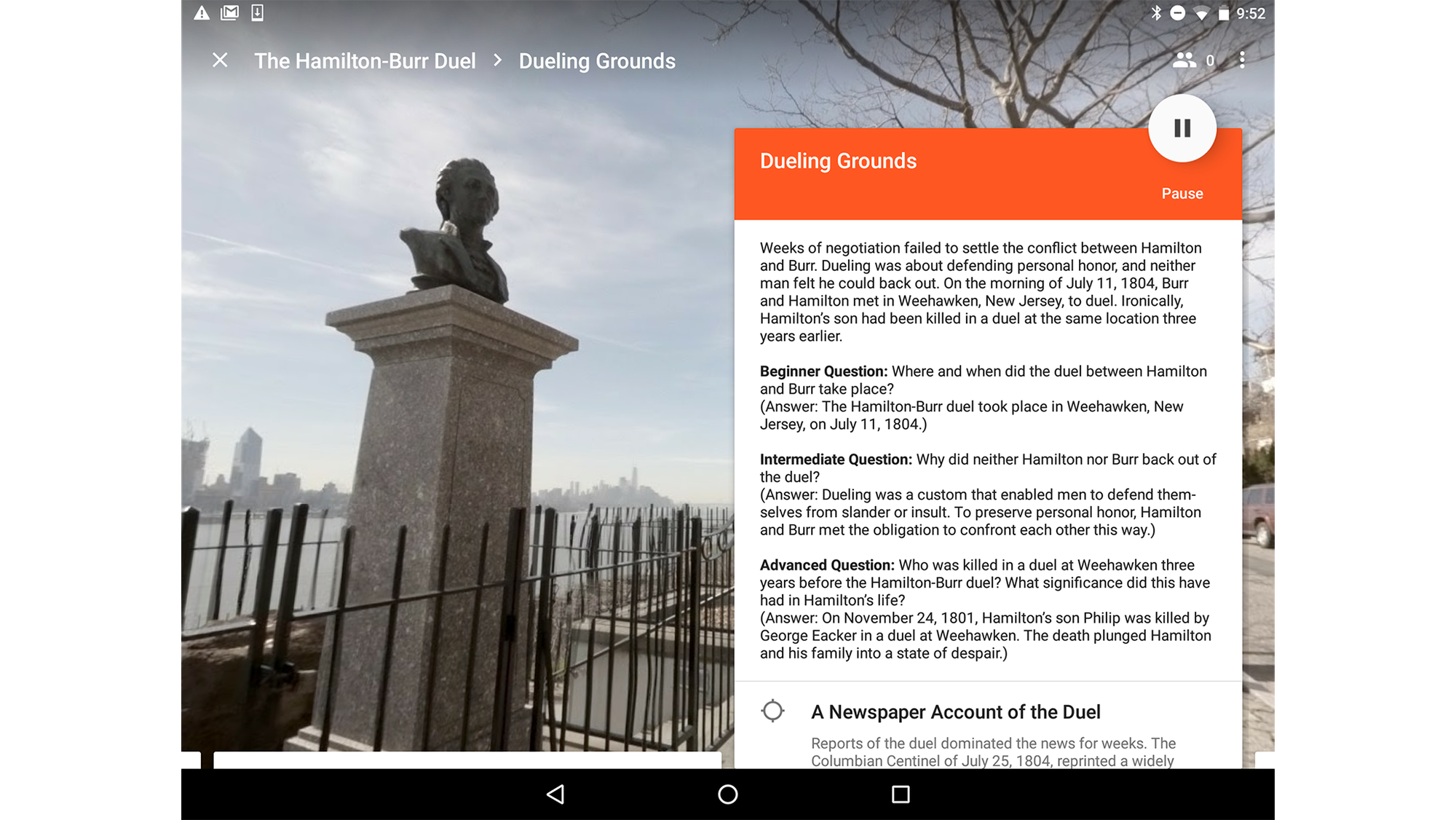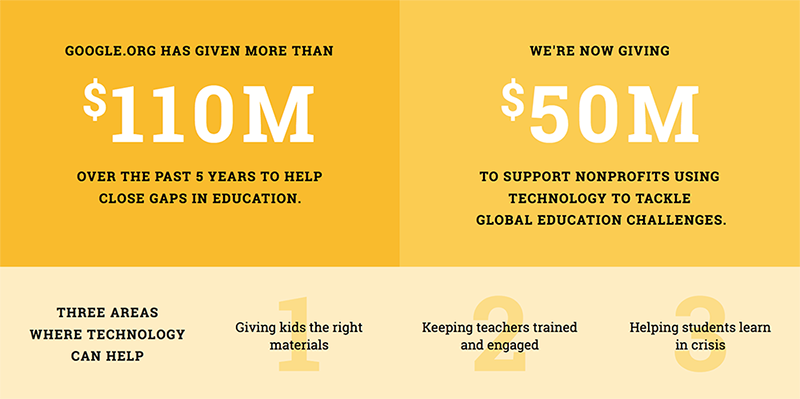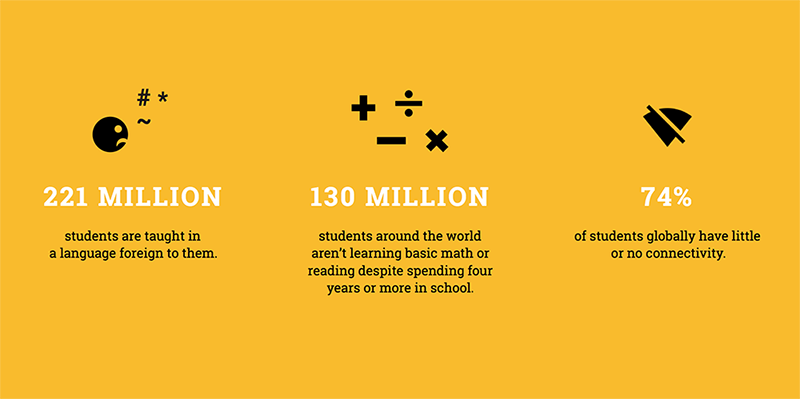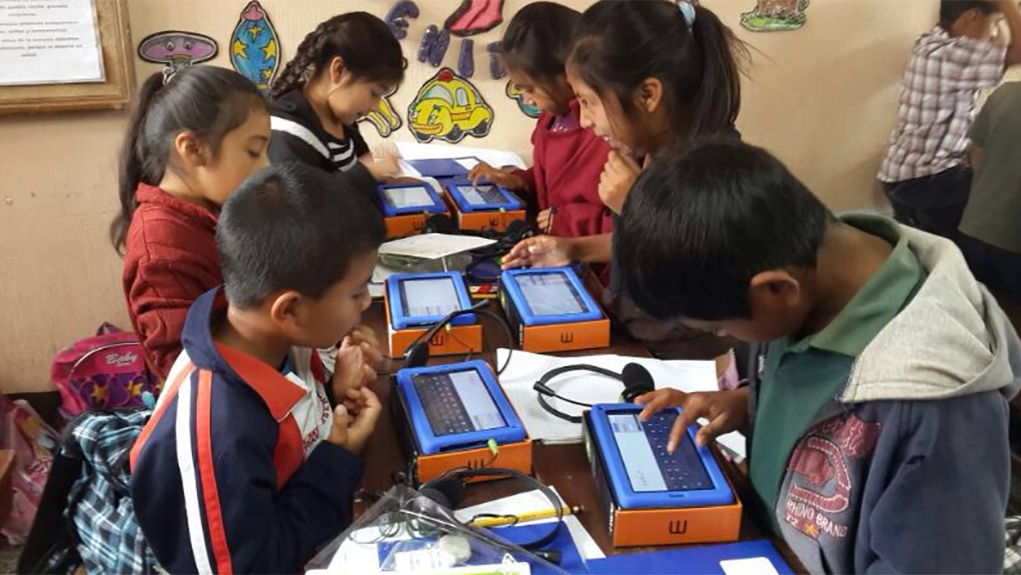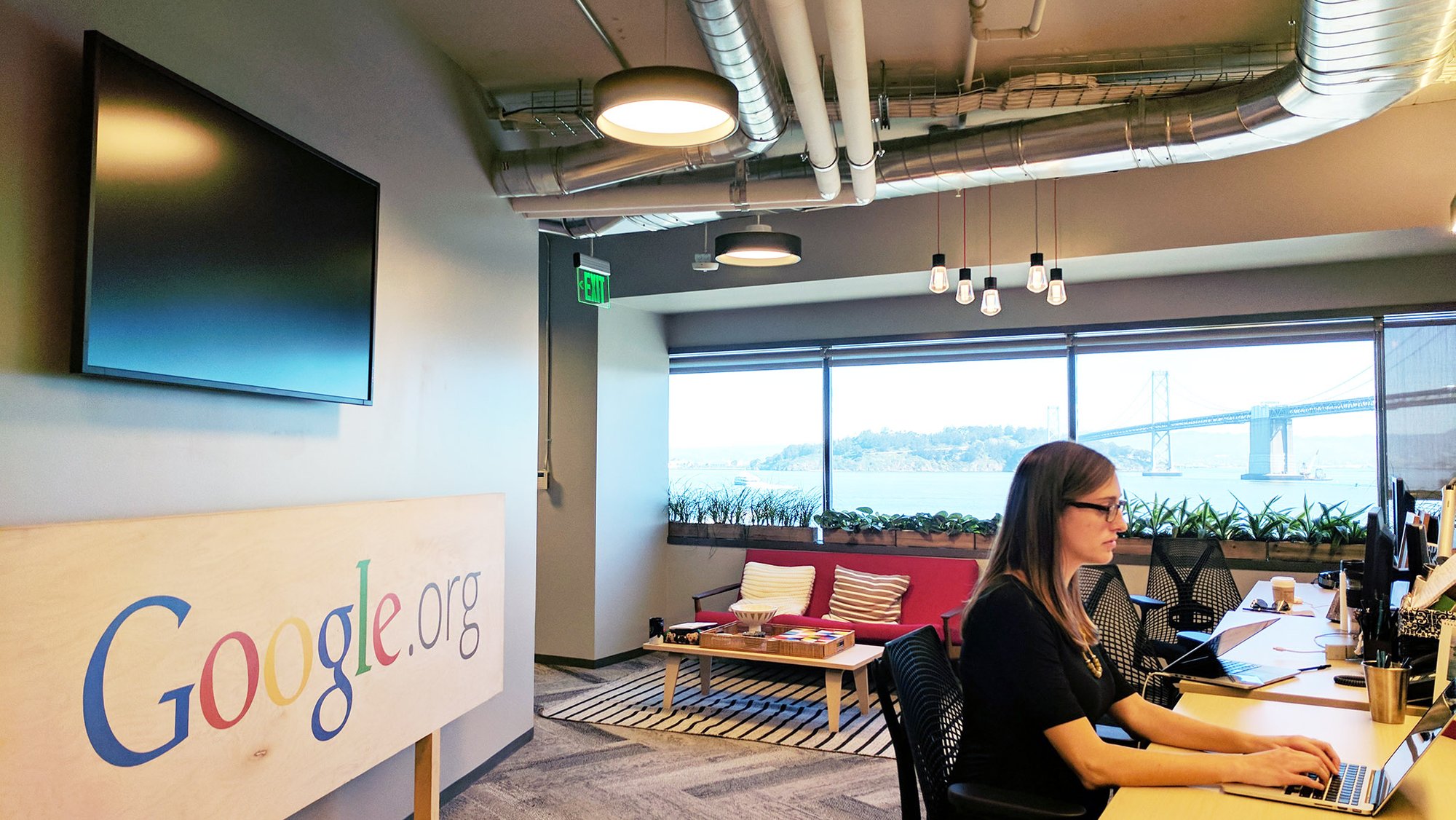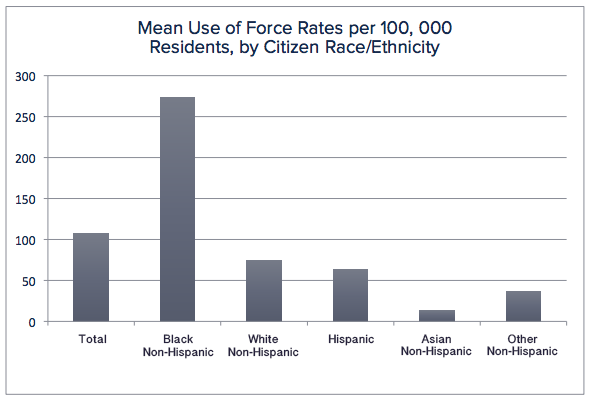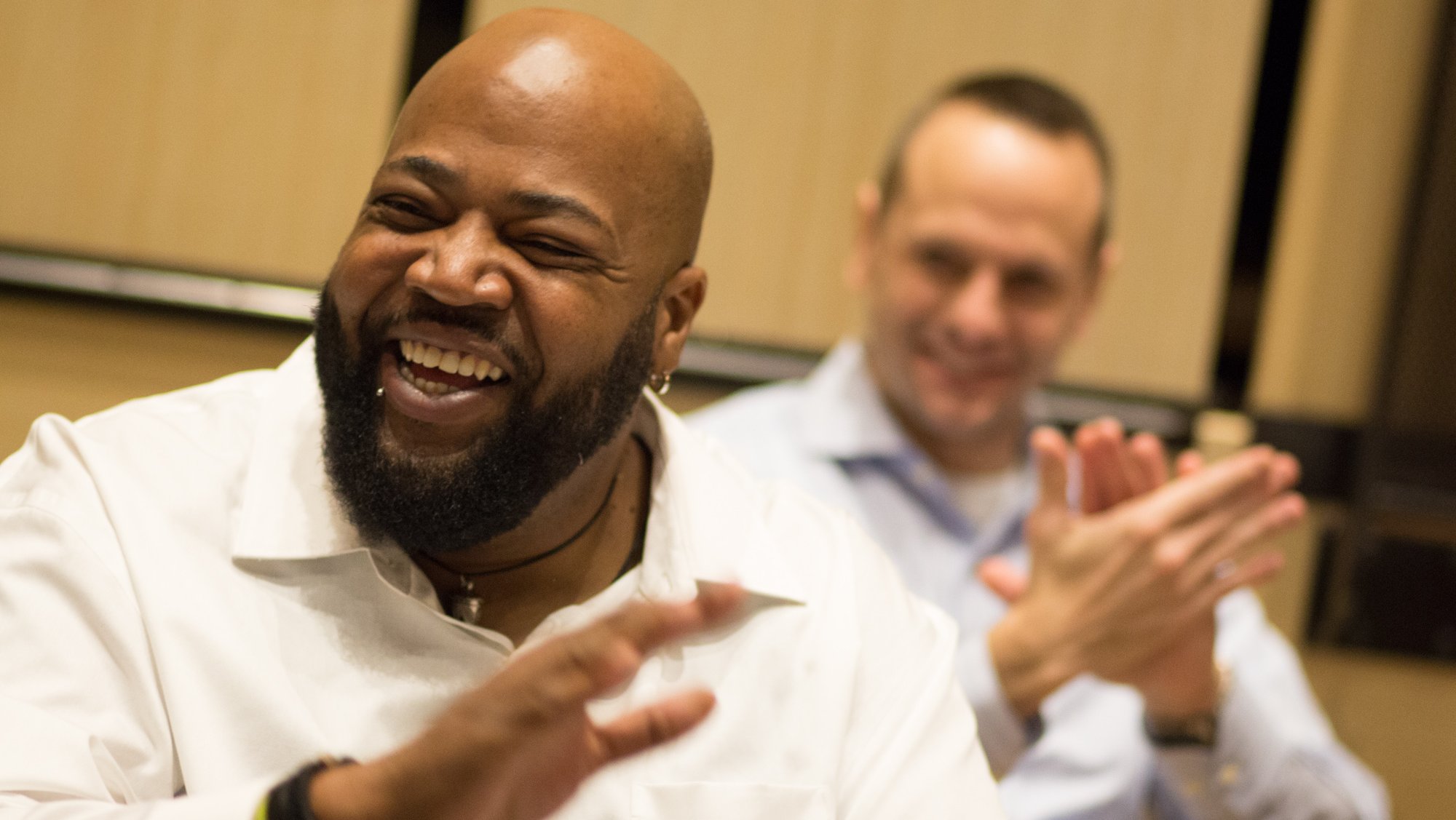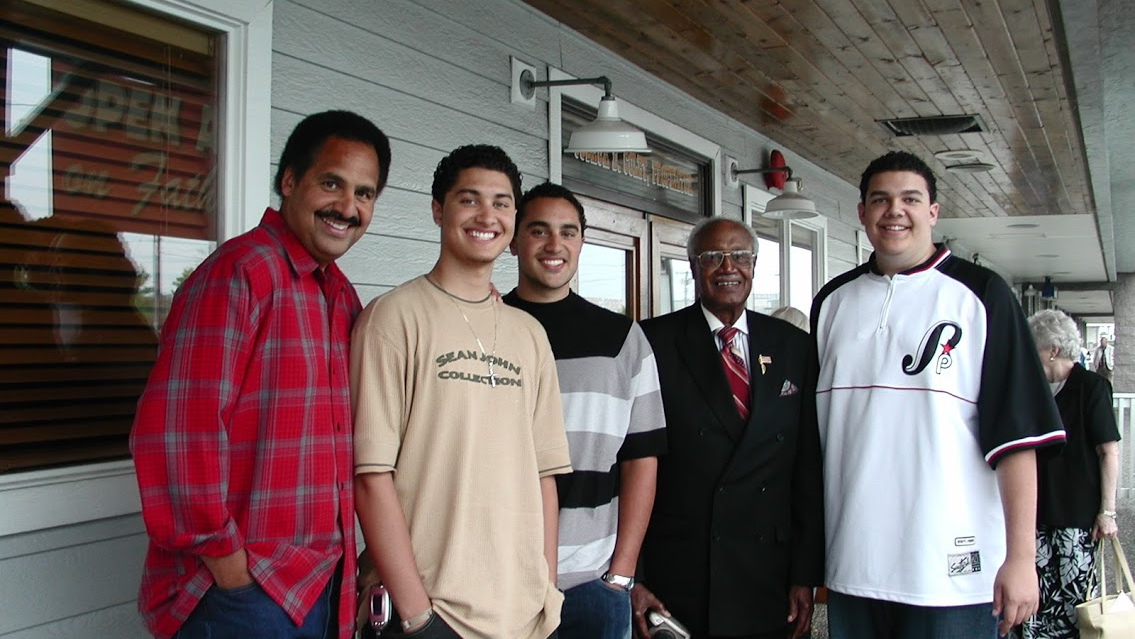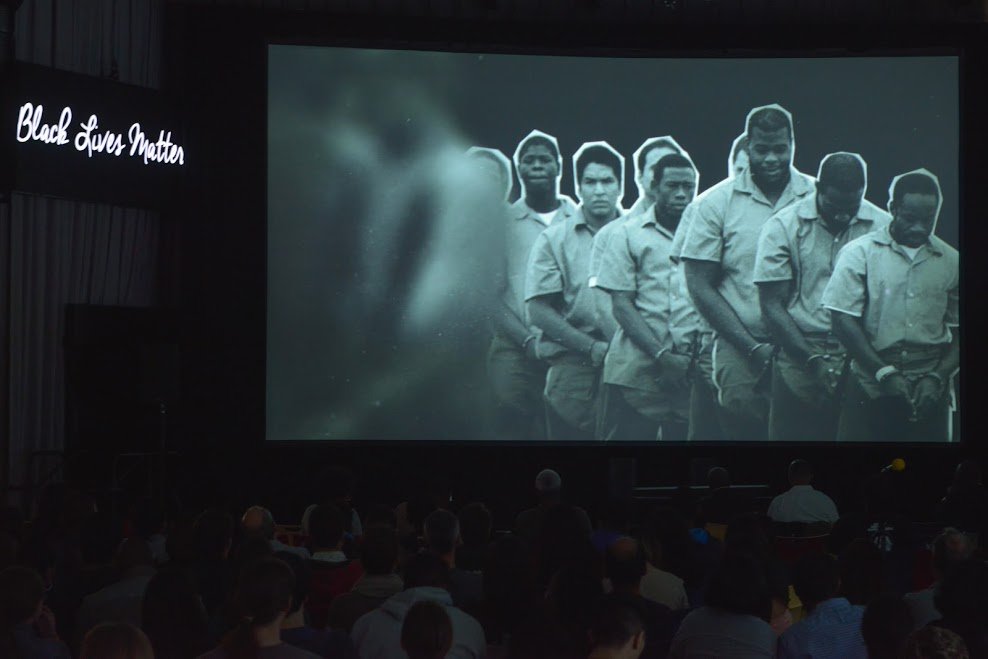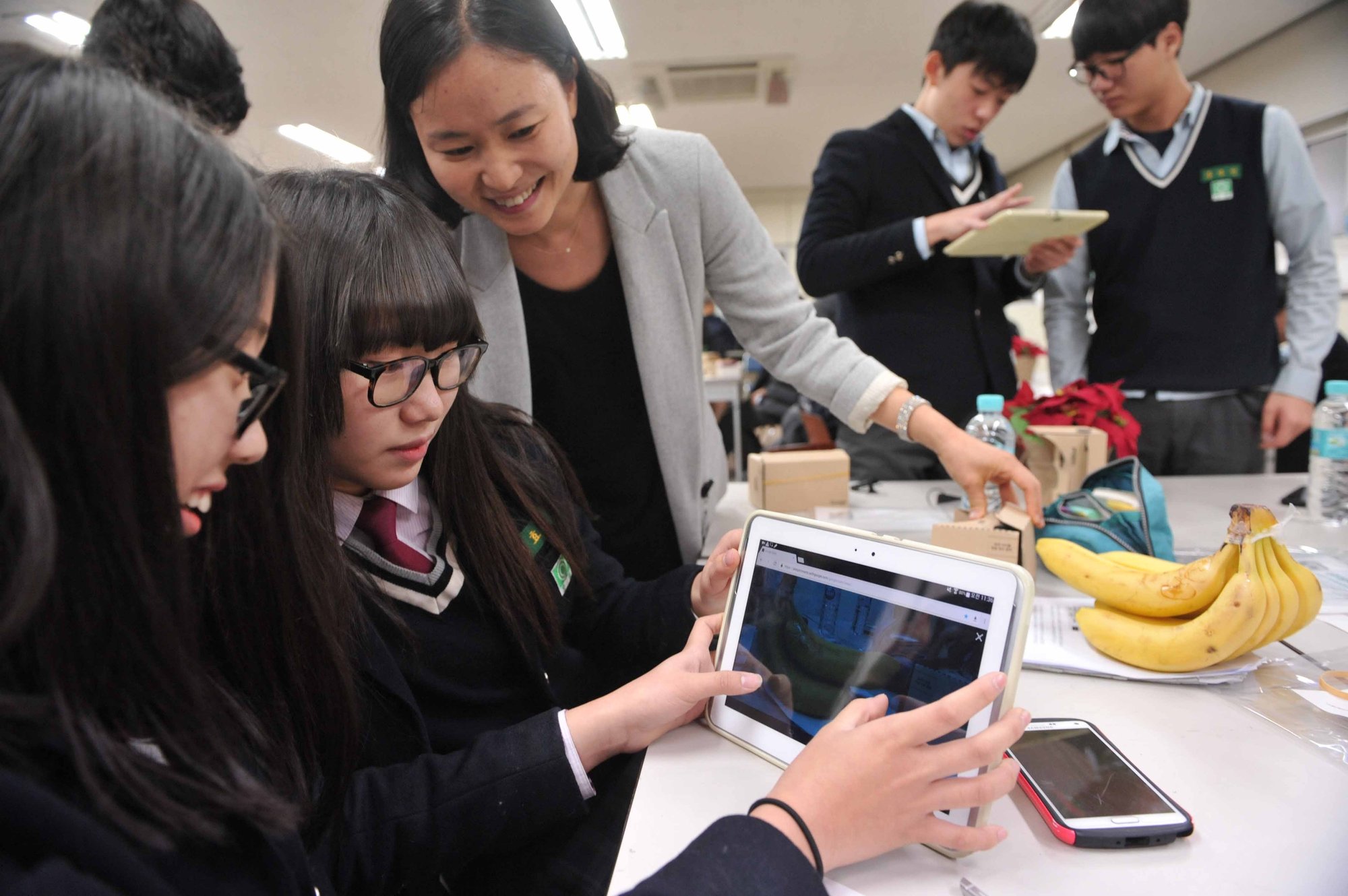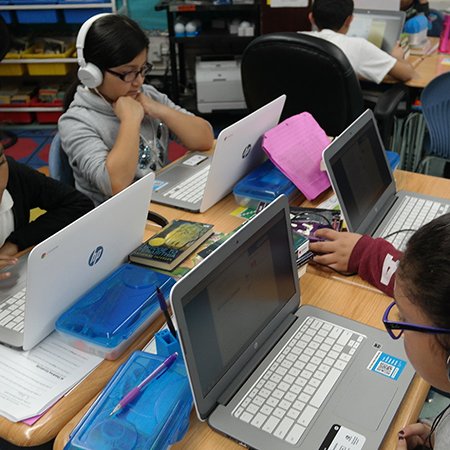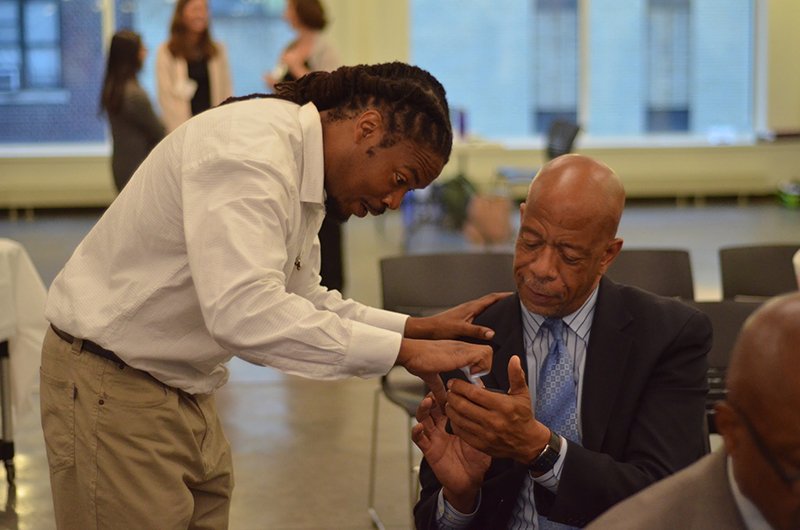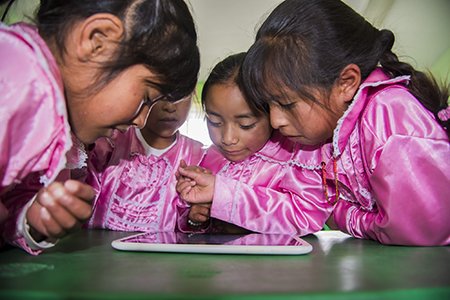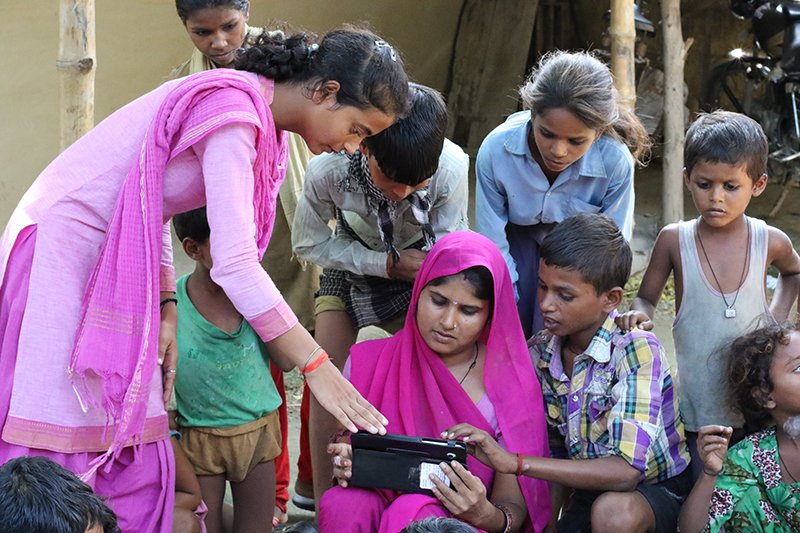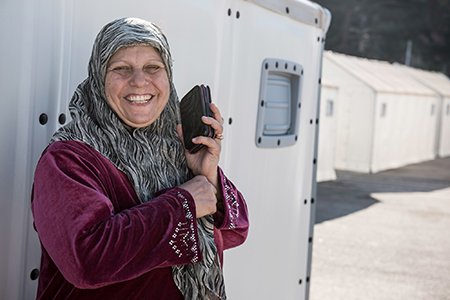In November 2009, the White House uploaded a video to YouTube of playwright and composer Lin-Manuel Miranda performing a piece called “The Hamilton Mixtape.” In the video, Miranda proclaims to then President Obama that he would use hip-hop and spoken word to tell the story of founding father Alexander Hamilton. The room erupts in curious laughter. Hip-hop and 18th century history? How could these seemingly different worlds come together?
Nearly eight years later, Lin-Manuel’s Hamilton: An American Musical has blown us all away. The show is a cultural phenomenon, uniting history buffs, musical theater fans, political wonks and beyond. Through its innovative storytelling and deliberately diverse cast, the show remixes American history into a powerful lesson that resonates with society’s current challenges.
Google.org supported the Hamilton Education Program with a $800,000 grant that today will bring 5,000 students from Title I schools in New York, Chicago and the Bay Area to see the musical, as the capstone of a six-week curriculum about the Founding Era. Through a combination of learning from primary source documents like original letters and newspapers, and musical performances, students from every background will be able to make American founding era history their own. Students will also perform their original, history-based works on the Hamilton stage across these three cities. Perhaps one of them might be a future Lin-Manuel!
The Gilder Lehrman Institute of American History is also launching new digital content on Google platforms that enables students around the world to engage more deeply with Alexander Hamilton’s story. Six new virtual reality tours will transport students, teachers, and fans to important places in Hamilton’s life, no matter where they live. Using Google Expeditions, students can explore places like Alexander Hamilton’s home in Uptown Manhattan, Philadelphia’s Independence Hall, and the infamous site of Aaron Burr–Alexander Hamilton duel in Weehawken, New Jersey.
In addition, using Google Arts and Culture, the Gilder Lehrman Institute is bringing online dozens of rare archives and artifacts related to Hamilton’s era including early printings of the U.S. Constitution and a letter to his wife expressing his love. There are ten digital exhibits that will allow students and others around the world to learn about Hamilton’s life and legacy—from his private and political life to a virtual walking tour of Hamilton’s New York, to the creation of Modern America.
Whether in virtual reality or on the theater stage, Alexander Hamilton has a lot to teach us about the history of our country, the American dream—and most importantly–rising up to opportunity.
